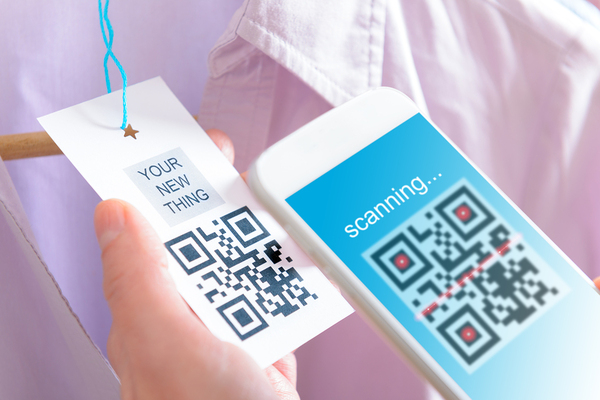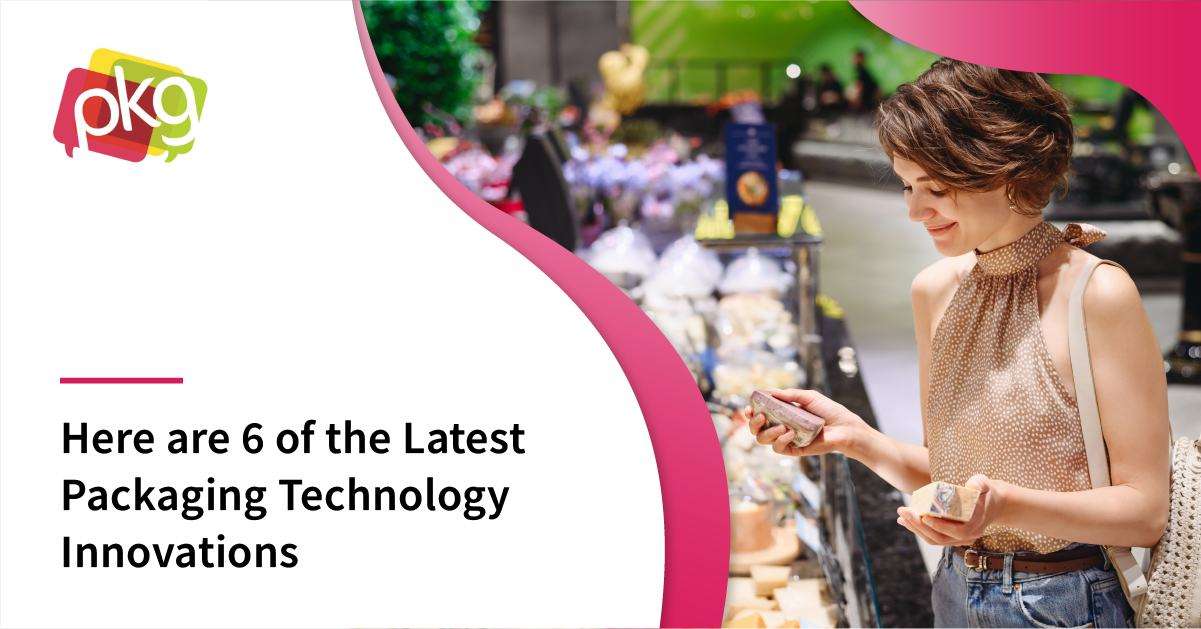You have seen QR (Quick Response) codes, even if you do not know that is what they are called. QR codes are the two-dimensional, matrix-like codes you see on product packaging, signs, print ads, and countless other places. They are a good way to efficiently store more data than what can be contained in a barcode. Many businesses use them for things like product tracking, document management, and item identification.
 QR codes are flexible and pack a lot of information into a small space.
QR codes are flexible and pack a lot of information into a small space.
QR codes had a moment in the 2011 to 2012 timeframe, when smartphones surged in popularity, because apps for scanning them became popular, and individuals and businesses started using QR codes in ways not thought of before. Unfortunately, they dropped off in popularity perhaps due to overuse, or people developing QR code fatigue after finding that many of them fell short of providing the information consumers want. Here are some other reasons why consumers do not read QR codes, and what people in food packaging design can do to ensure consumers can access the information they want about their food products.
Many Stores Lack Wi-Fi or Other Enabling Technologies
Incorporating QR codes into food packaging design seems like an obvious and simple way to convey much more information than can fit on a physical label. Most people have smartphones capable of reading them. However, there are still problems with reading QR codes in stores. For one thing, many stores do not have Wi-Fi, so consumers who want to scan codes must do so using their data plans. They may conclude this is too slow and costly to be practical. For people who do not have smartphones, turning to in-store scanners is not usually an option, because many stores have not installed free-standing QR code scanners for customer use.
People Often Do Not Know the Purpose of QR Codes on Packaging
Another complicating factor is that people do not always know the purpose of the QR code on a particular food packaging design. Does it contain pricing or product tracking information that stores and manufacturers use? There is often nothing obvious that says that a QR code is there to provide educational information about the product within. Therefore, many QR codes are ignored.
What App Should People Use to Scan QR Codes?
Some smartphones arrive with built-in barcode and QR code scanner apps, but many times, smartphone users must download the apps themselves if they want to take advantage of some QR codes. How do they know which app is the right one for them? If their phone storage is limited, is it worth downloading a QR code scanner app when it might not be used that much?
 Consumers may be overwhelmed with app options for scanning barcodes and QR codes.
Consumers may be overwhelmed with app options for scanning barcodes and QR codes.
Some Technological Hurdles May Be Overcome Soon
Some of the straight-up technological hurdles may be overcome in the near future. For example, more stores are installing free-standing scanners for QR codes similar to the price-check scanners that are commonplace in big box retail stores. These can be helpful for people who either do not have smartphones or who do not want to use their data plans to access QR codes. Additionally, more supermarkets are starting to set up free Wi-Fi, so smartphone users do not have to use their mobile carrier’s data plan to access information.
Other Options for Improving Educational Value of Food Packaging Design
Technology alone cannot overcome consumer resistance to QR codes. Food packaging designs that incorporate QR codes will have to make clear why they are present on the label, or people will assume they exist for pricing or other tracking purposes. Helping consumers pick a QR code reading app will be a bigger challenge because the app market is overflowing with options. Some brands may choose to partner with particular app developers to promote an app for this purpose.
Most importantly, however, consumers need to find out from experience that scanning QR codes and obtaining useful, valuable information is worth their time and effort. One of the main problems with early QR code mania a few years back was that the information accessed upon scanning many QR codes was of little or no value to users.
QR codes may yet become a popular and reliable method for brands to add to the information included in their food packaging designs, but for that to happen, technological and educational changes will be necessary. In the meantime, easy-to-remember URLs on package labels where consumers can find more information or phone numbers they can call to learn more may have to pick up most of the slack when it is impossible or impractical to include all the helpful consumer information on package designs.
Hopefully, smart phone data plans will be much more affordable in the future and shoppers won't hesitate to use their phone cameras to scan a QR code.
PKG Branding is always on the forefront of these new marketing initiatives - to read more, please subscribe to our blog to always be current on the latest packaging design industry news.
 |
 |


.jpg)




